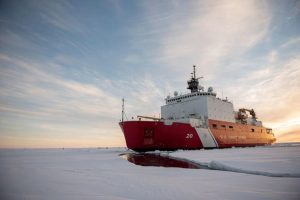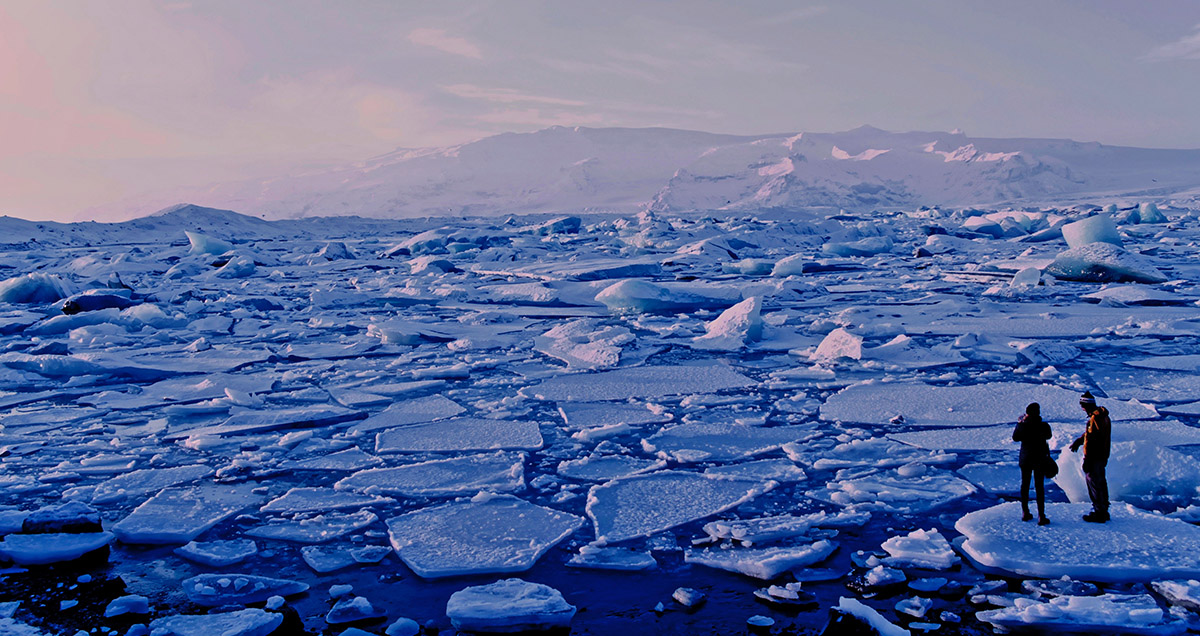Coast Guard to Purchase Polar Icebreaker Aiviq
 The U.S. Coast Guard has confirmed plans to purchase a commercial icebreaker and deploy it in Juneau, Alaska, the agency announced on Wednesday, August 14, 2024. This decision follows an earlier preliminary announcement and comes just days after the HEALY, a 27-year-old icebreaker, was forced to abandon its Arctic mission due to an electrical fire.
The U.S. Coast Guard has confirmed plans to purchase a commercial icebreaker and deploy it in Juneau, Alaska, the agency announced on Wednesday, August 14, 2024. This decision follows an earlier preliminary announcement and comes just days after the HEALY, a 27-year-old icebreaker, was forced to abandon its Arctic mission due to an electrical fire.
Currently, the U.S. Coast Guard operates only two icebreakers. The HEALY’S sister ship, the POLAR STAR, is dedicated to maintaining sea lanes in Antarctica, which are crucial for resupplying American research stations. The U.S. Navy, notably, does not have any icebreakers in its fleet, leaving the U.S. Coast Guard as the sole operator of these essential vessels.
Alaska’s congressional delegation has long advocated for increased funding to allow the U.S. Coast Guard to expand its fleet of icebreakers, stressing the importance of these ships for both Arctic and Antarctic operations.
 Maritime Injury Law Blog
Maritime Injury Law Blog



